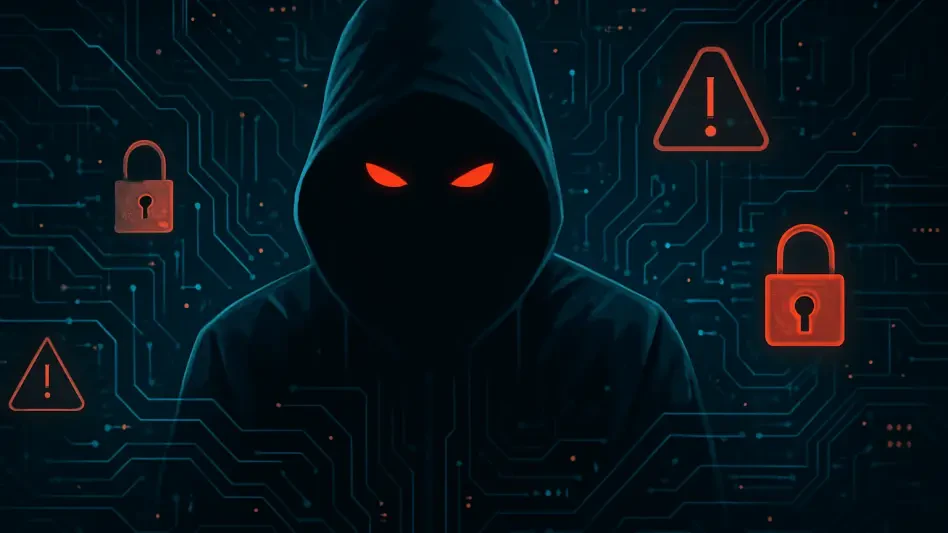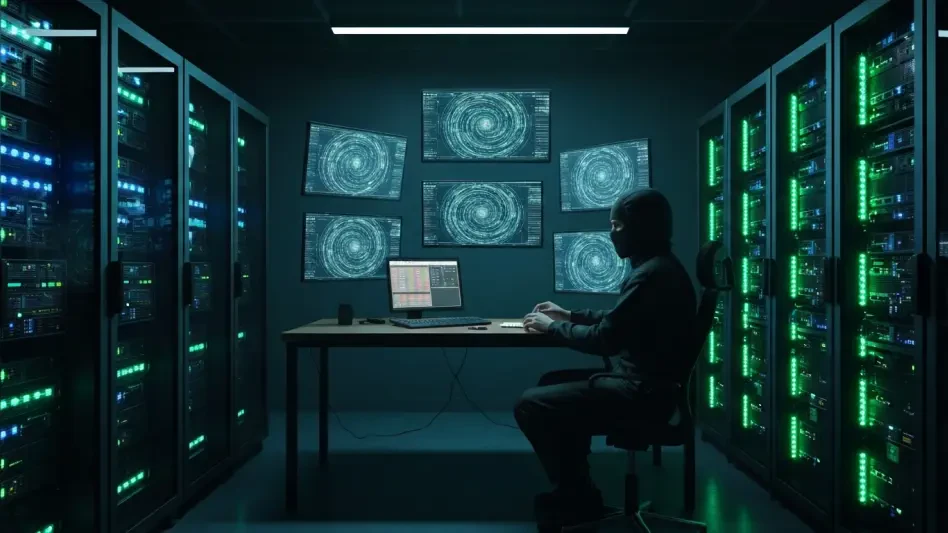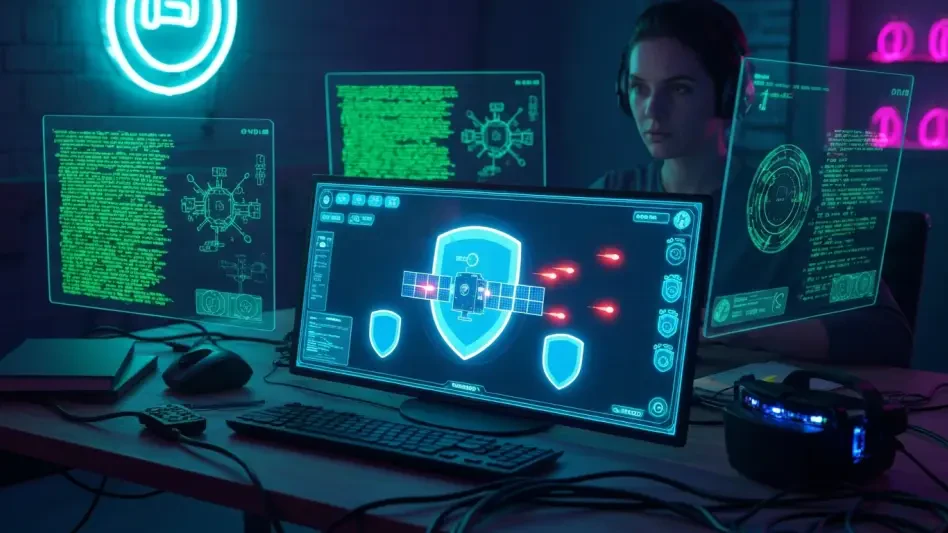In the shadowy corners of the internet, a chilling transaction unfolds on underground forums, where a new Remote Access Trojan (RAT), touted as “fully undetectable,” is being peddled to cybercriminals with the promise of bypassing even the most advanced security systems. This isn’t just another piece of malware; it’s a polished, ready-to-use weapon designed to infiltrate systems unnoticed, mimicking legitimate tools like ScreenConnect. The emergence of such a sophisticated threat raises a critical question: how can defenses stand firm against an enemy that hides in plain sight? This exploration dives deep into the mechanics of this stealthy intruder and its implications for cybersecurity.
Why This Hidden Menace Stands Out
At first glance, the danger of this RAT might seem like just another cyberthreat in an already crowded landscape. However, its marketing as a seamless alternative to trusted remote access software reveals a sinister intent. Sold with guarantees of evasion, it targets both individuals and organizations, exploiting the very trust placed in familiar digital tools. The audacity of its presentation on dark web marketplaces underscores a growing boldness among threat actors.
What sets this malware apart is not merely its technical prowess but the way it preys on human psychology. By posing as legitimate software, it capitalizes on the assumption that recognizable interfaces are safe. This deceptive approach, combined with its advanced capabilities, positions it as a formidable challenge to even seasoned security protocols, demanding urgent attention from all sectors.
The Growing Wave of Advanced Cyber Tools
The rise of such polished malware reflects a broader trend in the cybercrime ecosystem. Over recent years, starting from 2025, the accessibility of sophisticated tools has surged, enabling even those with minimal technical skills to launch devastating attacks. Underground markets now resemble professional storefronts, offering malware-as-a-service with customer support and updates, lowering the barrier to entry for malicious actors.
This democratization of cybercrime tools amplifies the risk to businesses and individuals alike. Tactics like mimicking trusted software exploit user confidence, turning routine interactions into potential breaches. As these threats become more refined, the gap between novice attackers and seasoned criminals narrows, creating a pressing need for heightened awareness and updated defenses across the board.
Breaking Down the RAT’s Stealth Tactics
Delving into the technical arsenal of this RAT reveals a multi-layered approach to evasion. One of its primary tricks involves using a valid Extended Validation (EV) certificate, which fools browsers and security tools like Windows SmartScreen into displaying trusted indicators such as green bars or company names. This false sense of security lulls users into downloading what they believe is safe software.
Another layer of deception lies in its delivery mechanism. The RAT employs antibot systems and cloaked landing pages, showing harmless content to automated scanners while serving malicious payloads to actual users. A fake Adobe Acrobat Reader download page serves as a prime example, blending seamlessly into everyday online experiences and exploiting routine trust in familiar brands.
Beyond delivery, the malware executes filelessly through PowerShell commands, sidestepping traditional antivirus detection. Marketed as a “FUD loader,” it ensures persistent access, enabling real-time monitoring, data theft, and the deployment of secondary threats like ransomware. These combined tactics create a near-invisible foothold, challenging even cutting-edge security solutions.
Inside the Underground: A Business of Cybercrime
Insights gleaned from underground forums paint a picture of a disturbingly professional operation. The seller of this RAT offers demos to prospective buyers and guarantees delivery within 24 hours, mirroring the efficiency of legitimate software vendors. This business-like approach transforms cybercrime into a streamlined service, complete with assurances that rival commercial enterprises.
A hypothetical scenario illustrates the danger: consider a small business owner downloading what appears to be a trusted remote access tool, only to unknowingly grant attackers full control over sensitive data. Cybersecurity researchers have noted that such polished marketing tactics often deceive even cautious users, highlighting the blend of technical sophistication and social engineering at play. The operation’s professionalism signals an alarming shift toward organized cybercrime.
Fortifying Defenses Against Invisible Threats
Countering a threat as elusive as this RAT demands a proactive, multi-faceted strategy. Start by scrutinizing digital trust signals—EV certificates and green bars are no longer foolproof indicators of safety. Always verify software through official channels before downloading, as a single misstep can open the door to compromise.
Enhancing endpoint protection is equally critical. Deploy advanced security solutions capable of detecting fileless malware and PowerShell misuse, which traditional antivirus often misses. Additionally, training users to spot social engineering ploys, such as fraudulent download pages, through simulated phishing exercises can build a human firewall against deception.
Finally, continuous monitoring for anomalies remains essential. Tools that flag unusual network activity can provide early warnings of remote access or data exfiltration. By combining these measures—skepticism of digital cues, robust technology, user education, and vigilant oversight—organizations and individuals can construct a formidable barrier against stealthy threats like this RAT.
Reflecting on a Battle Fought
Looking back, the discovery of this cunning RAT exposed a stark reality: cybercriminals had honed their craft to an unprecedented level of sophistication. The seamless blend of technical evasion and psychological manipulation had caught many off guard, revealing vulnerabilities in even the most trusted systems. Each tactic, from deceptive certificates to fileless execution, had underscored a critical gap in preparedness.
Yet, amidst the challenges, a path forward emerged. Strengthening defenses through verified software sources and advanced detection tools proved vital in reclaiming control. Educating users to question digital trust signals had also shifted the balance, empowering them to act as the first line of defense. Moving ahead, sustained vigilance and adaptation remained the cornerstone of staying one step ahead of such invisible adversaries.








